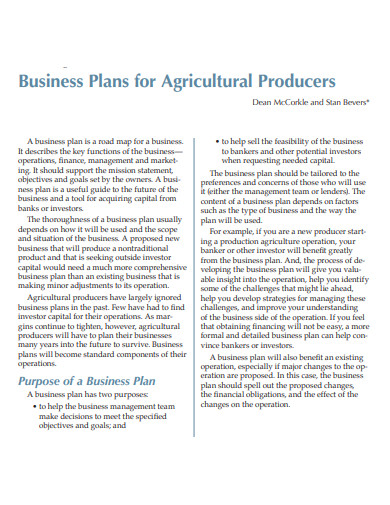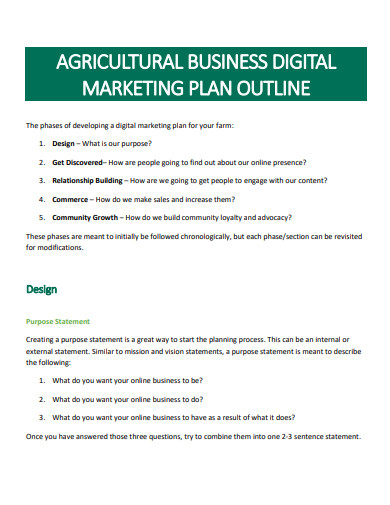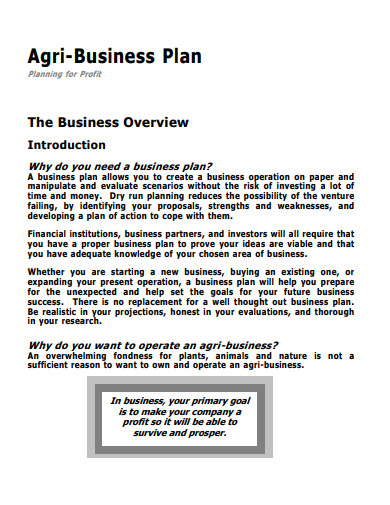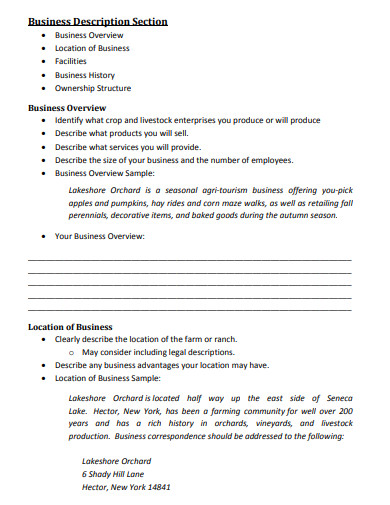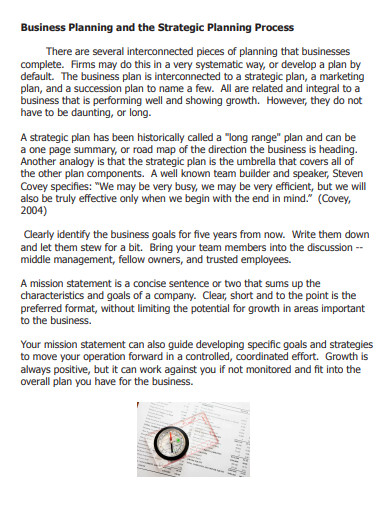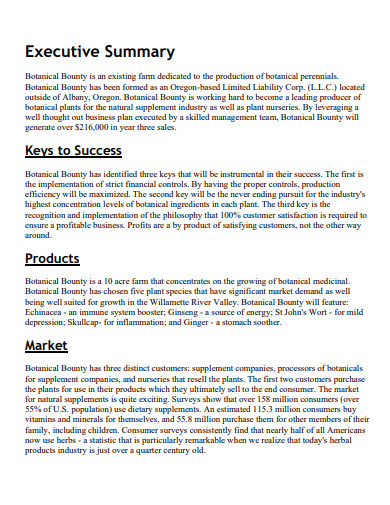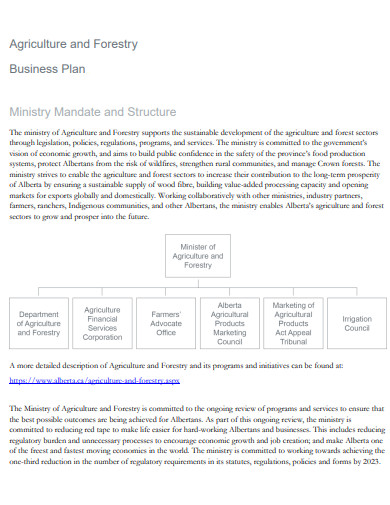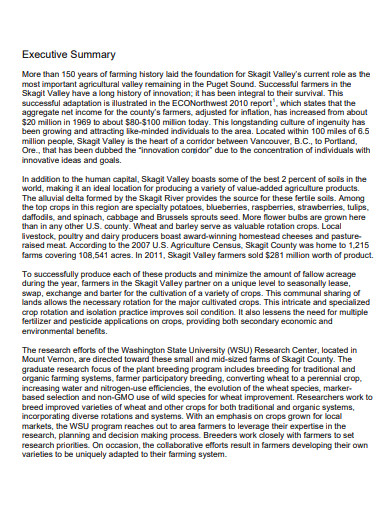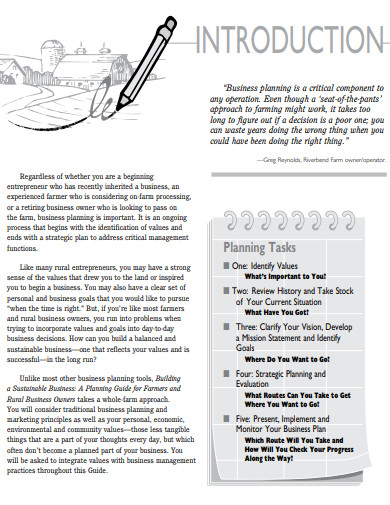Agricultural businesses are ventures that are largely focused on gathering agricultural stocks including seeds and seedlings, as well as the preparation, planting, care, harvesting, and of course, selling crops and plant-based products that are much commonly used as feedstock or in any other industrial project that is owned or partly developed by a private company. Agricultural businesses often work with industry developments that are based on agricultural produce while supporting other services for production and processing. Agriculture is a very wide industry, it’s more than jut planting and selling what you have harvested, most agricultural ventures cover agricultural institutions, managing land ownership, credit, and even training and education, research, land laws, supervision, and infrastructure. A lot of sectors are involved because the industry often works together with other industries like manufacturing and the production of raw materials. Businesses are already particularly difficult entities to manage, agricultural businesses are only one of the few that can be very difficult because of its broad spectrum.
That is why to be able to come up with a comprehensive plan for businesses, especially large scale ones, if very important if you want all of your business operations to remain smooth. And a good tool to keep you on track for everything that may or may not happen during the duration of your business, as well as keep you prepared ahead of time, is an agricultural business plan. Business plans are documents that are very important for the sake of the success of the business. Every venture needs to have a roadmap that it can follow, in order to fulfill its goals. Trying to operate a business without a full fleshed business plan is usually not a good idea, since it can bring an awfully lot of benefits on the table.
Including, but not limited to, being able to come up with new ideas without having invested too much time and resources into it. Properly acquaint yourself with what the document is, what it looks like and how it works, by checking out these agriculture business plan samples that we have listed for you down below. After you’ve familiarized yourself with the document enough, feel free to use these samples as guides or even as templates for when you write your own agricultural business plan.
10+ Agriculture Business Plan Samples
1. Agriculture Business Plan
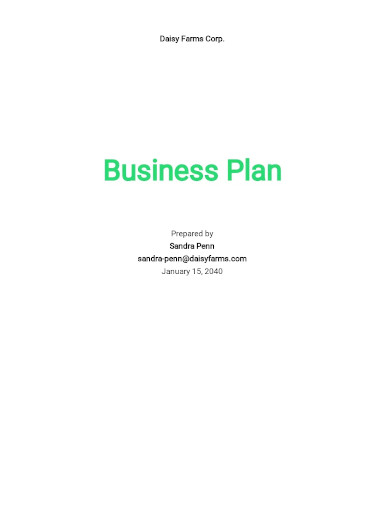
2. Business Plans for Agricultural Producers
3. Agricultural Business Digital Marketing Plan
4. Sample Agriculture Business Plan
5. Simple Agriculture Business Plan
6. Business Plan for Agriculture Sector
7. Agricultural Farm Business Plan
8. Agriculture and Forestry Business Plan
9. Formal Agriculture Business Plan
10. Agriculture Business Consultancy Plan
11. Basic Agriculture Business Plan
What Is an Agricultural Business Plan?
An agricultural business plan, or just any business plan for that matter, is a document that describes how a business or venture would choose to define its objectives and what steps the business owner would take in order to achieve its goals. A business plan works sort of like a roadmap, a layout that the whole company can follow from different standpoints of several departments. From marketing, financial, and operational. The document is very beneficial since its usually used to attract a handsome investment even before the company has been established. A way to secure funds and investments early on. Although these can be very useful for new and startup companies, it is largely recommended that every business should be able to write and develop a well written business plan.
Doing so enables them to review and update the document periodically to see if the goals that have been set are met, and how the circumstances that they have been working on has changed. A well written and well drafted business plan is one that is able to identify all the projected and estimated costs of the project, and the pitfalls of each decision a company may make. Despite of its prominence in the corporate environment, it is very rare for companies to have identical business plans, even if they are operating within the same industry. Different companies tend to have their own unique way with dealing of their own unique problems.
Elements of an Agricultural Business Plan
The length of a business plan largely depends on the nature and the scope of the business that you will be covering in your document. All of that information would usually fit into a 15 to 20 page document. And although no two business plans are exactly alike, they often operate with almost all of the same elements. These elements and components are listed and discussed below in more detail.
- Executive summary
The introductory section of your document should be able to outline the company and all the information that is related to the company’s mission-vision values, company leadership, employees, operations, and the location. The executive summary should talk about what the company is, the overall nature of the business, and the rest of the necessary information that needs to be presented early on. - Products and services
The next section should be where the company outlines the products and the services that they ma offer. It should include pricing, product lifespan, and other customer benefits. Other factors that you can choose to include can be the processes behind production and manufacturing, patents, and proprietary technology. - Market analysis
A business or company has to have a clear idea of their target customers and their demographics. Doing so will better outline your competition, and will give you a better idea of how to stay on top of the market. A well developed market analysis will also describe the expected consumer demand for the product of the business and how difficult it would be to take advantage of it. - Marketing strategy
The market strategy section of your document will describe how the company will choose to attract the customer base and how it intends to keep it. It should talk about how it intends to reach the consumers by identifying a clear distribution channel that includes advertising campaign, marketing campaigns, and through which medium will those campaigns be disseminated through. - Financial planning
The company then has to be able to include and present its financial planning to further attract the audience of the business plan. Financial statements, balance sheets, and other financial information may be included, especially for businesses that have already been established. - Budget
Every company needs to have a proper budget in place. Including costs, staffing, manufacturing, development, marketing, and other expensed that may be related to the operations of your business.
FAQs
What are the five elements of a business plan?
- Situation analysis
- Market
- Product or service positioning
- Objective setting
- Strategy
What is a target market?
A target market refers to a group of customers of a certain demographic that may have similar needs for a particular demand product or service.
Who reads a business plan?
A business plan can be read by almost anyone that may be affiliated with the business. For individuals who work within the company, they are given an outline or a summary of the document, while for outsiders like investors and other executives, they may be presented with the entirety of the document.
One another crucial thing to remember when writing this document is that it’s not supposed to be static. Business plans are drafted to be a live document. Meaning that it should be susceptible to change and to adapt over time. It’s a living entity, a document that grows and evolves along with your business.
Related Posts
FREE 10+ Scholarship Proposal Samples [ Project, Grant ...
FREE 8+ Distributor Business Plan Samples in PDF MS Word
FREE 46+ Project Proposals in PDF MS Word | Pages | Google Docs
FREE 10+ Agricultural Research Samples & Templates in PDF MS ...
FREE 6+ Risk Plan Samples & Templates in PDF
FREE 9+ Sample Succession Plan Templates in PDF MS Word
FREE 25+ Sample Construction Business Plan Templates in Google ...
FREE 12+ Sample Professional Business Plan Templates in PDF ...
FREE 10+ E-commerce Marketing Plan Samples in MS Word ...
FREE 52+ Sample Company Letterhead Templates in Illustrator ...
FREE 10+ Food Company Profile Samples [ Organic, Fast, Grab ]
FREE 9+ Business Plan SWOT Analysis Templates in PDF MS Word
FREE 10+ Wholesale Company Profile Samples in PDF DOC
FREE 10+ Restaurant Action Plan Samples in MS Word Google ...
FREE 10+ One Page Company Profile Samples in PDF DOC

